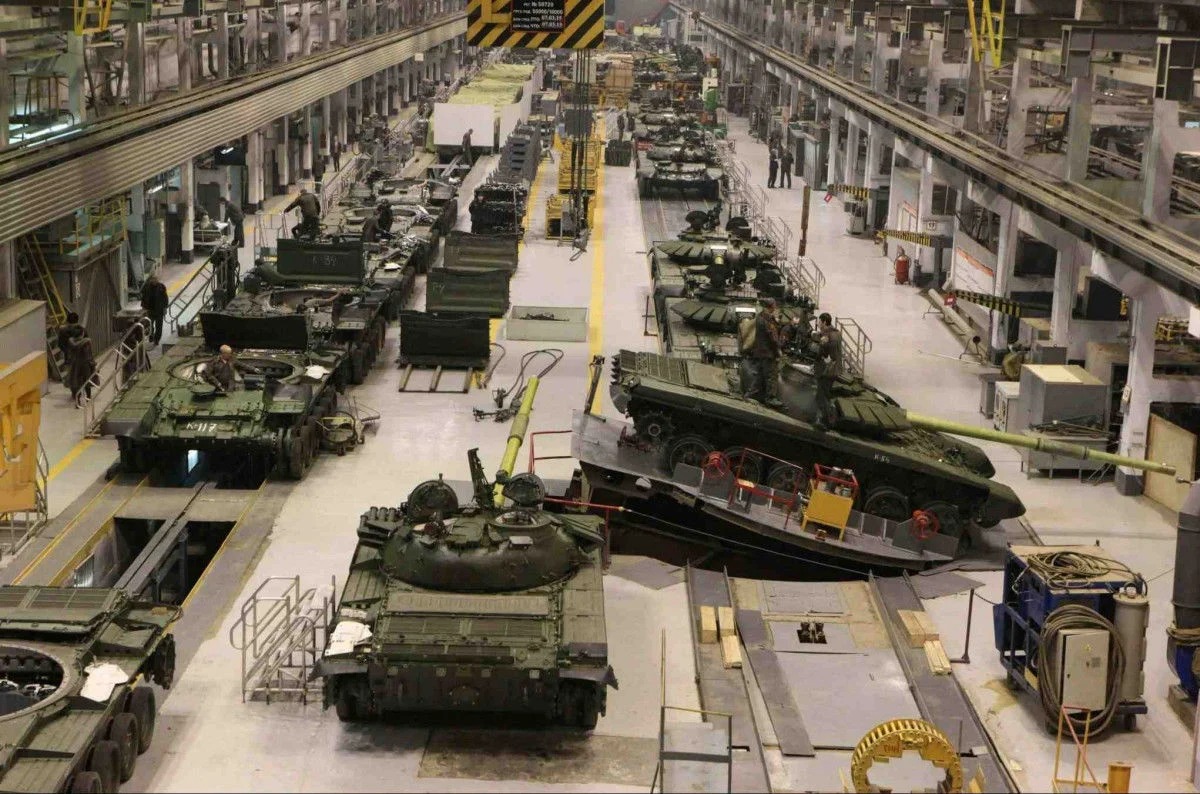Russia’s war economy is approaching critical limitations that will severely impact its military capabilities by late 2025, despite current positive economic indicators, according to an analysis published in Foreign Policy on 14 November.
The authors point out that while Russia’s GDP grew by 3.6% in 2023 and is expected to rise by 3.9% in 2024, the country faces severe constraints in weapons production and labor resources.
“Russia continues to export vast quantities of oil, gas, and other commodities—the result of sanctions evasion and loopholes deliberately designed by Western policymakers to keep Russian resources on world markets,” the article reads.
According to the analysis, Russia has reportedly tripled its artillery shell production to 3 million per year, produces glide bombs and drones at scale, and expanded its defense industry workforce by more than 500,000 workers. However, the authors note that “around half of all artillery shells used by Russia in Ukraine are from North Korean stocks.”
The analysis reveals critical production bottlenecks, particularly in large-caliber cannon manufacturing.
“Russia has been losing more than 100 tanks and roughly 220 artillery pieces per month on average,” the experts report, while the country can only produce about 20 barrels monthly due to limited rotary forge capacity.
The analysis highlights that Russia is losing approximately 155 infantry fighting vehicles monthly, while only being able to produce about 17 per month to offset these losses.
The analysis also points to severe labor market constraints. With unemployment at 2.4% in September, defense companies are competing with the military for workers, as the armed forces need to recruit 30,000 fresh troops monthly to replace casualties.
“Defense producers have had to increase wages fivefold, contributing to an inflation rate that reached 8.68% in October,” the experts note.
According to the authors, Russia’s current economic performance is artificially boosted by unsustainable military expenditures, which are officially projected to consume more than 41% of the state budget next year.
The article notes that Russia faces three problematic options: triggering a recession by reducing military spending, maintaining unsustainable defense expenditures, or attempting to acquire resources through military means from neighboring states.
The analysis suggests that while Russia cannot indefinitely sustain its war against Ukraine, the country’s oversized military sector may incentivize future aggressive actions to extract economic resources from neighboring states.
Related:
- Ukraine conducts first-ever strike on major Russian arms hub in Udmurtia 1,500 km from border
- ISW: Kremlin policies signal Putin’s growing concern over long-term economic stability
- UK intelligence: Inflation and sanctions push Russia’s economy towards increased financial strain
- Russia faces record workforce shortages, manufacturing sector hit hardest
- UK intel: Russia proposes 25% defense budget increase, social cuts in 2025
- ISW: Kremlin plans to fund crypto-mobilization efforts through 2027
- ISW: Russian officials emphasize social spending but increase 2025 defense budget to $ 140 billion
- Russia doesn’t have endless resources, its economy nearing tipping point, expert says
- ISW: Russia aims for victory over Ukraine by 2026 amid growing economic challenges
- Russian Central Bank raises key rate to 19% as inflation surges




